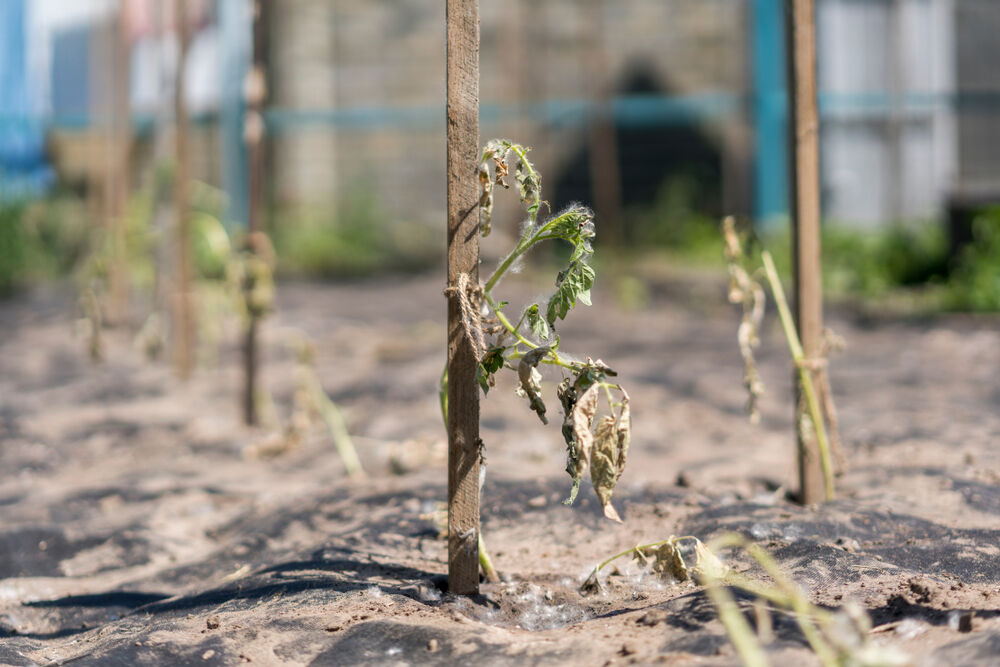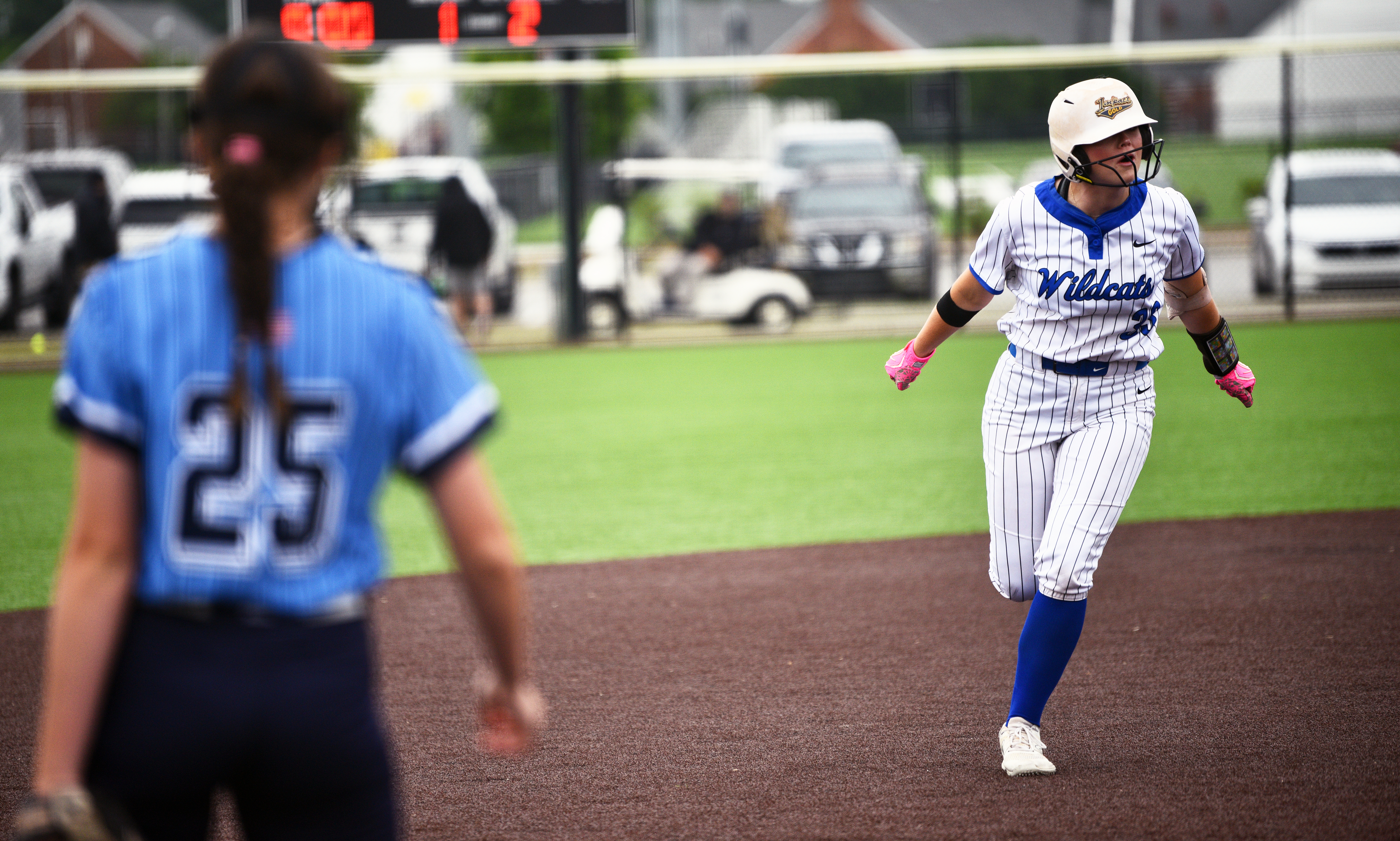ONE GARDNER TO ANOTHER: Diagnosing vegetable plant disorders
Published 7:00 am Saturday, July 23, 2022

- Dry,Plants,From,Drought,In,The,Garden.,The,Dried,Bush
The other day, I went out to the garden to harvest some Japanese eggplant and noticed that the bottom leaves of one of my tomato plants are starting to yellow. Since tomatoes are considered heavy feeders, which mean they require additional fertilization during the growing season to continue to produce fruit, I know that it is time to feed her.
Being able to diagnose a plant’s problem, based on the symptoms it is displaying, is essential in being able to correct the disorder and keep the plant producing. Following is a list of symptoms, the possible cause and related cure.
Vegetable Garden Problem Guide
Dying young plants
Cause: Fertilizer burn; Cure: Mix fertilizer thoroughly with soil instead of concentrating it around the plant. Fertilize at recommended rate. The salts in fertilizer remove a plant’s moisture causing yellow or brown leaves and root rot.
Cause: Soilborne disease; Cure: Use treated seed which protects the plant during the developmental stage.
Stunted plants
Cause: Low temperatures; Cure: Plant at recommended time; ideally soil temperatures for direct seeding should be above 70 degrees.
Cause: Low pH; Cure: Add lime; when soil pH drops below 6.0 it becomes acidic making nutrients less available to the plant.
Stunted plants (pale yellow)
Cause: Low soil fertility; Cure: Soil test for fertilizer recommendations.
Cause: Poor soil drainage; Cure: add organic matter. Compost is ideal organic matter for vegetables.
Cause: Shallow or compacted soil; Cure: Work soil deeper; most vegetables require soil that is about 12 to 18 inches deep with good drainage. If tilling soil to the recommended depth is not possible, consider using raised beds.
Cause: Insects or Diseases; Cure: Identify and use control measures; use approved chemicals at the recommended rate; practice crop rotation; use resistant varieties.
Cause: Nematodes (microscopic worms, parasitic to plants that can live in soil or water) Cure: Soil solarization (a method of controlling soil pest problems by heating the top 6 inches of soil to a temperature that will kill soil-inhabiting pests; involves covering the soil with a plastic tarp for 4 to 6 weeks when the soil will receive maximum direct sunlight).
Purplish color
Cause: Lack of phosphorus; Cure: Add phosphorus fertilizer at recommended rate. Phosphorus is a primary plant nutrient essential for photosynthesis and the storage of nutrients. It is also associated with the development of flowers and fruit.
Holes in leaves
Cause: Insects; Cure: Identify and use control measures. Common insects that affect vegetable plants are aphids, caterpillars, cutworms, thrips, whiteflies, weevils and mites.
Cause: Hail; Cure: Fertilize with a balanced, fast-acting fertilizer to support new growth; remove plant debris.
Spots, molds
Cause: Disease; Cure: identify, spray, or dust; use recommended rates and time. Common plant diseases include bacterial leaf spot, rust, blight, downy mildew, clubroot, verticillium wilt, and mosaic virus.
Darkened areas on leaves and stems
Cause: Chemical burn; Cure: Use recommended pesticide chemicals at recommended rate and time.
Cause: Fertilizer burn; Cure: keep fertilizer off plants especially when leaves are wet.
Wilting plants
Cause: Dry soil; Cure: Irrigate if possible. Most vegetable plants require 1 to 2 inches of water per week.
Cause: Excessive soil moisture; Avoid overwatering; correct drainage.
Cause: Disease; Use resistant varieties, if possible. Identify and treat.
Weak, spindly plants
Cause: Too much shade; Cure: Move garden to a sunny area. Most vegetables require 6+ hours of direct sunlight, daily.
Cause: Plants too thickly planted; Cure: Thin out; seed at recommended rate.
Cause: Too much nitrogen; Cure: Avoid excessive fertilization which will affect both quality and yield of the crop.
Failure to set fruit
Cause: Improper temperatures; Cure: Follow recommended planting time.
Cause: Too much nitrogen; Cure: Avoid excessive fertilization. Nitrogen is responsible for the green leafy parts of the plant. Excessive nitrogen will have the plant putting more energy into developing leaves instead of developing the fruit.
Cause: Insects; Cure: Identify and use control measures.
Dry brown to black rot on blossom end of tomato
Cause: Low soil calcium; Cure: Add a calcium containing fertilizer such as calcium nitrate.
Cause: Extremely dry soil; Cure: Irrigate and mulch. This will not help with the affected fruit but will aid in the proper development of subsequent fruit.
Misshaped tomatoes
Cause: Cool weather during blooming; Cure: Plant at recommended time. Tomatoes will optimally set fruit when temperatures are between 65 to 80 degrees, which we reach in our area in late April through the month of May. Less than 55 degrees will cause misshapen fruit, and temperatures greater than 95 degrees or less than 50 degrees will result in poor fruit set.
Abnormal leaves and growth
Cause: 2, 4-D weed killer (either overspray from another area where herbicide was used or residue from using same sprayer); Cure: Do not spray during windy times; do not use sprayer previously used to apply 2,4-D herbicide.
Cracked tomatoes
Cause: Drought followed by heavy watering or rain; Cure: Keep plants regularly mulched and watered.
Regularly check your vegetable plants for signs of distress.
The sooner you can diagnose the plant disorder, the better chance your plants have to continue to thrive. Until next week, happy gardening.





